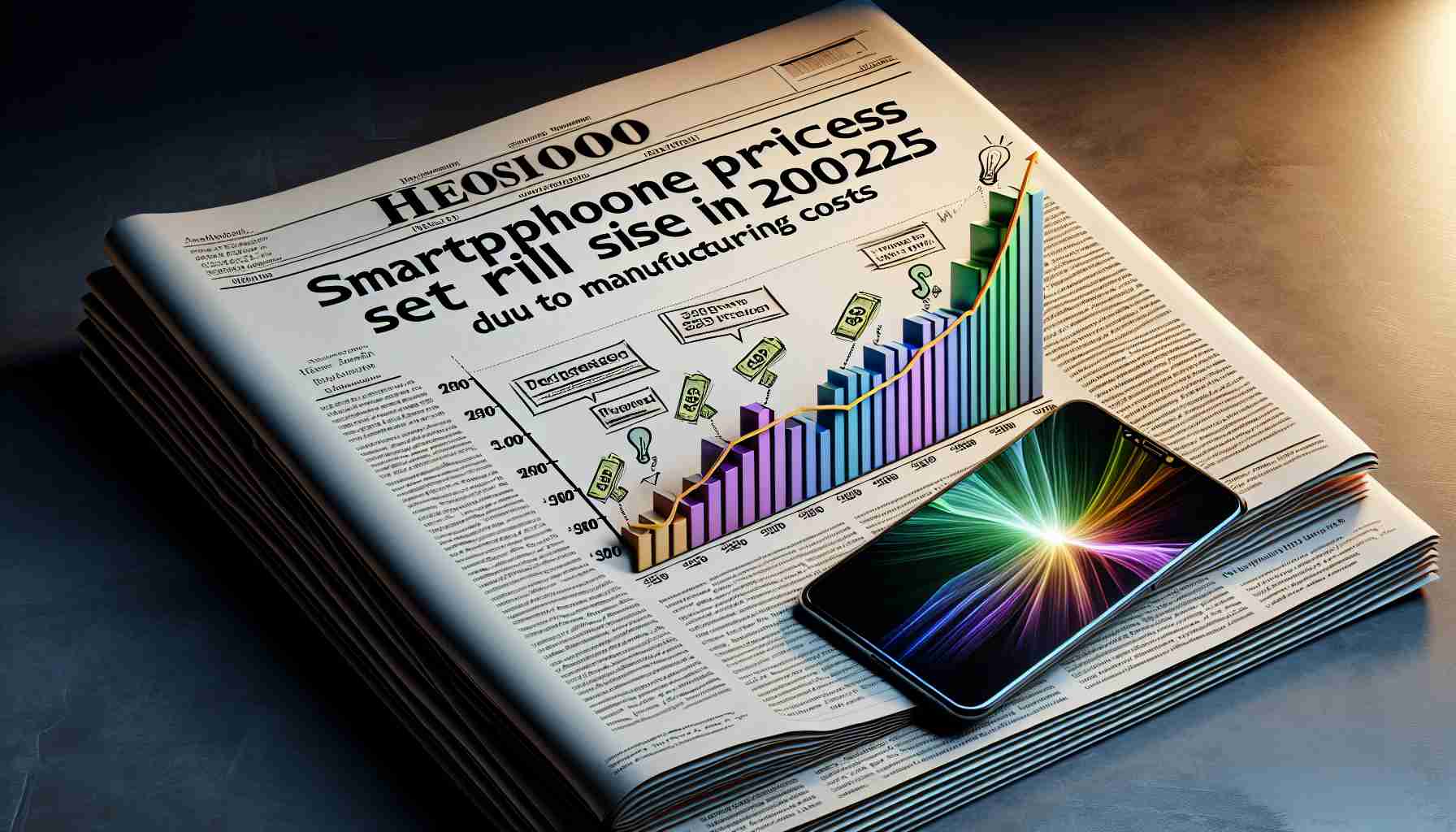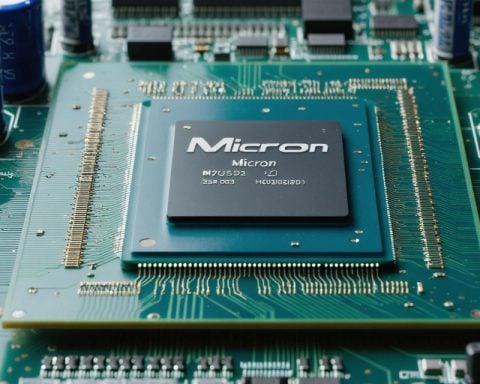Industry Shifts Impacting Smartphone Prices
Smartphone manufacturers are facing a dilemma as production costs continue to escalate, prompting a potential surge in smartphone prices by the end of the year. The rising expenses are leading companies to consider offering devices with either downgraded features to maintain affordability or premium models with enhanced functionalities.
Market Trends and Price Projections
Recent reports suggest that flagship smartphones across various brands, including Xiaomi, are likely to witness price hikes or compromises in specifications to mitigate the impact of escalating manufacturing expenses. This trend is not unique to Xiaomi, with global market leaders like Google and Samsung also increasing prices in response to inflationary pressures.
Technological Advancements Driving Costs
One of the primary factors contributing to the anticipated price surge in 2025 is the upcoming Snapdragon 8 Gen 4 processor, expected to power a significant number of top-tier Android devices. Manufacturers are bracing for higher component costs associated with the latest processor, following Qualcomm’s confirmation that the Snapdragon 8 Gen 4 will be notably pricier than its predecessor, the Gen 3.
Adaptations in Device Features
To balance the affordability of smartphones with the enhanced performance of advanced processors, some devices utilizing the Snapdragon 8 Gen 4 may undergo adjustments in camera specifications. Reports indicate a potential shift towards lower-quality primary cameras and a transition from periscope to telephoto lenses to manage overall production costs without compromising user experience.
Factors Influencing Future Smartphone Prices
As the smartphone industry gears up for 2025, several key developments and challenges are poised to impact the pricing landscape of mobile devices. Let’s delve into important questions surrounding the impending rise in smartphone prices due to manufacturing costs and explore the intricacies of this evolving trend.
What Are the Key Driving Forces Behind the Expected Price Increase?
Aside from component costs like the Snapdragon 8 Gen 4 processor, other factors are contributing to the anticipated surge in smartphone prices. For instance, the global shortage of semiconductor chips continues to strain production capabilities, leading to increased costs that are likely to be passed on to consumers. Moreover, advancements in 5G technology and demand for faster connectivity are driving manufacturers to invest in premium features, further elevating production expenses.
Are There Any Controversies Surrounding the Price Adjustments?
The decision by smartphone manufacturers to raise prices or compromise on features has sparked debates within the industry and among consumers. Critics argue that escalating prices may alienate budget-conscious buyers and widen the digital divide, limiting access to essential communication tools. On the other hand, proponents of higher prices contend that innovations in hardware and software necessitate a shift towards premium pricing to sustain research and development efforts.
Advantages and Disadvantages of Rising Smartphone Prices
The looming increase in smartphone prices comes with both benefits and drawbacks for consumers. On the positive side, higher-priced devices may feature cutting-edge technology, improved performance, and enhanced user experiences, catering to tech enthusiasts and power users. However, the downside of escalating costs means that affordable options may become less accessible to a broader audience, potentially pricing out low to middle-income consumers and impacting overall market competitiveness.
Exploring Solutions Amidst Cost Pressures
To address the challenges associated with rising manufacturing costs, smartphone manufacturers are exploring various strategies to maintain a balance between pricing, innovation, and affordability. This includes optimizing supply chain management, exploring alternative sourcing options for components, and leveraging economies of scale to mitigate cost pressures without compromising on product quality.
Related Links:
Qualcomm























